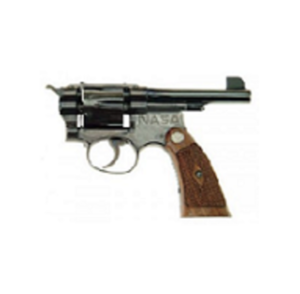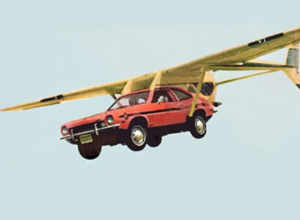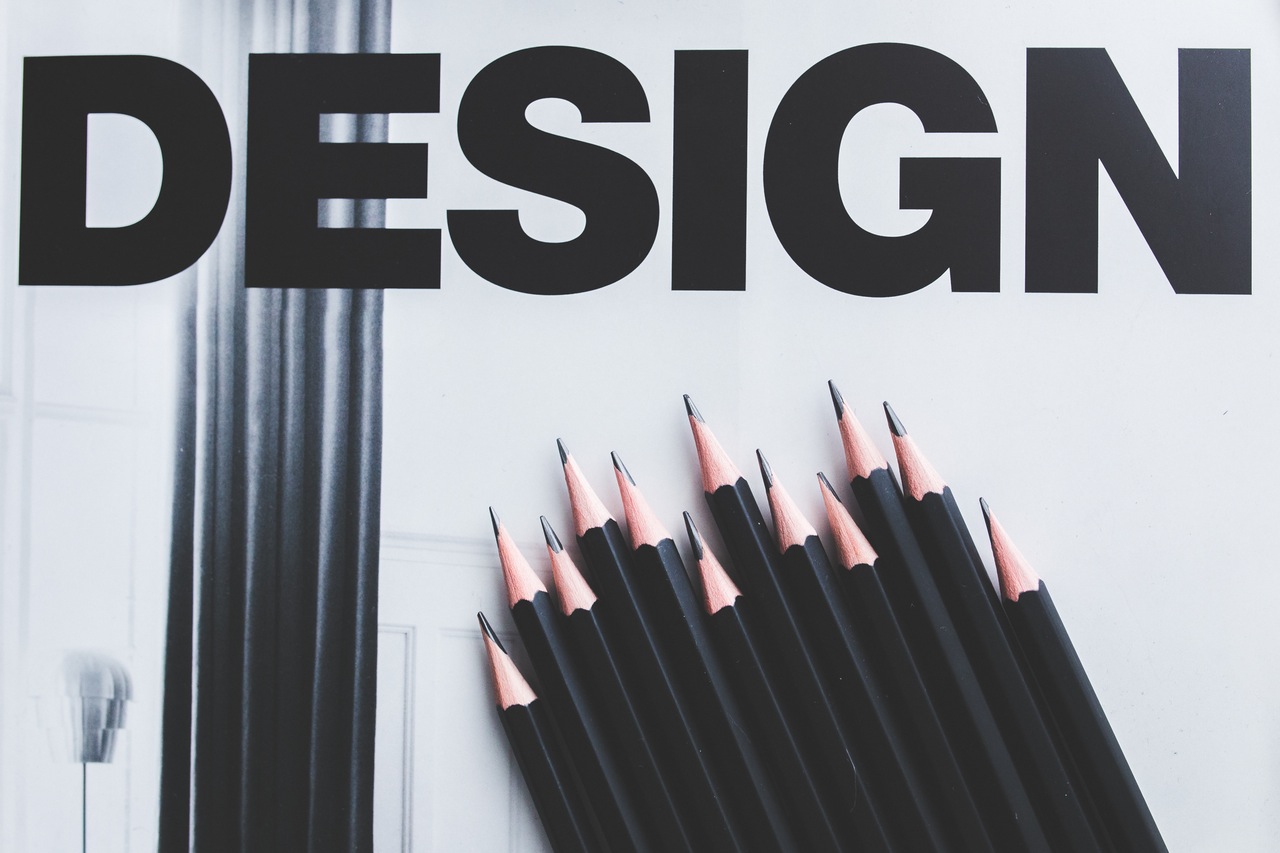There are only a few scenarios I would really consider bad design, the biggest culprits being those in the physical space where designs can be fatal or harmful to your health, like a suicide pistol:

Or a car trying to be a plane. This was actually made…. twice. It’s called an AVE Mizar.

London’s Walkie Talkie Skyscraper or B.D.(Building Design) magazine’s 2015 worst building of the year, are more recent examples of bad design where the sunlight reflected off the top of the building created a harmful spot of heat to those in its path (https://www.quora.com/What-are-some-examples-of-bad-design).
Learn About Our New Ads and Leads Program - TRIBUS Engage
Those examples aside, if you google images for bad design, you’ll find toilets, chairs and elevator buttons, that I would consider in a separate tier below the aforementioned examples. This next tier of examples are just inconvenient and wasteful to your time. Eventually you would figure out how to use them and it may prove to be uncomfortable and awkward, but at the very least you’ll live to see another day. You could even argue an app that had a button where you paid money without ever being notified was really bad, but money isn’t everything right? So poor on the whole, but not necessarily bad.
Many of these non-fatal designs may not necessarily work for the vast majority of people, but the sheer fact that they were made, means at least one person thinks in that specific way. So if the designer’s intent was to design for people who are just like themselves then they have succeeded regardless of whether or not you or I agree with its usefulness.
So the short answer to bad design could be how functional it is, but there are some thought-provoking works that challenge the popular ideology that function is the standard bearer of success.
In this article (http://www.vanschneider.com/beauty-vs-function/ ) by accomplished designer Tobias van Schneider, he delves into words by another famous designer, Stefan Sagmeister. In this piece, Tobias and Stefan’s words describe the form or “beauty” being as important as function, where they are almost one in the same, where beauty has a great deal of function.
While I agree with many things they are discussing, I would break down the beauty portion to credibility and trustworthiness. Research has shown that 75% of judgements made on credibility are design related. (http://www.bcs.org/upload/pdf/ewic_hci09_paper66.pdf) (http://designforhackers.com/blog/design-credibility/) (https://www.nngroup.com/articles/trustworthy-design/).
Echoing Sagmeister’s sentiment, building credibility on these initial face value judgements, as vain as it might seem, is reality and what makes us human. Of course, with time, we gather more information than the face, but it’s a component of the historically important “first impression” and it is not something to be disregarded as miniscule.
In the end, I’m always a champion for balance. Balancing the two within problem solving is exactly how we approach producing good design at TRIBUS. See some of those project here and here.

